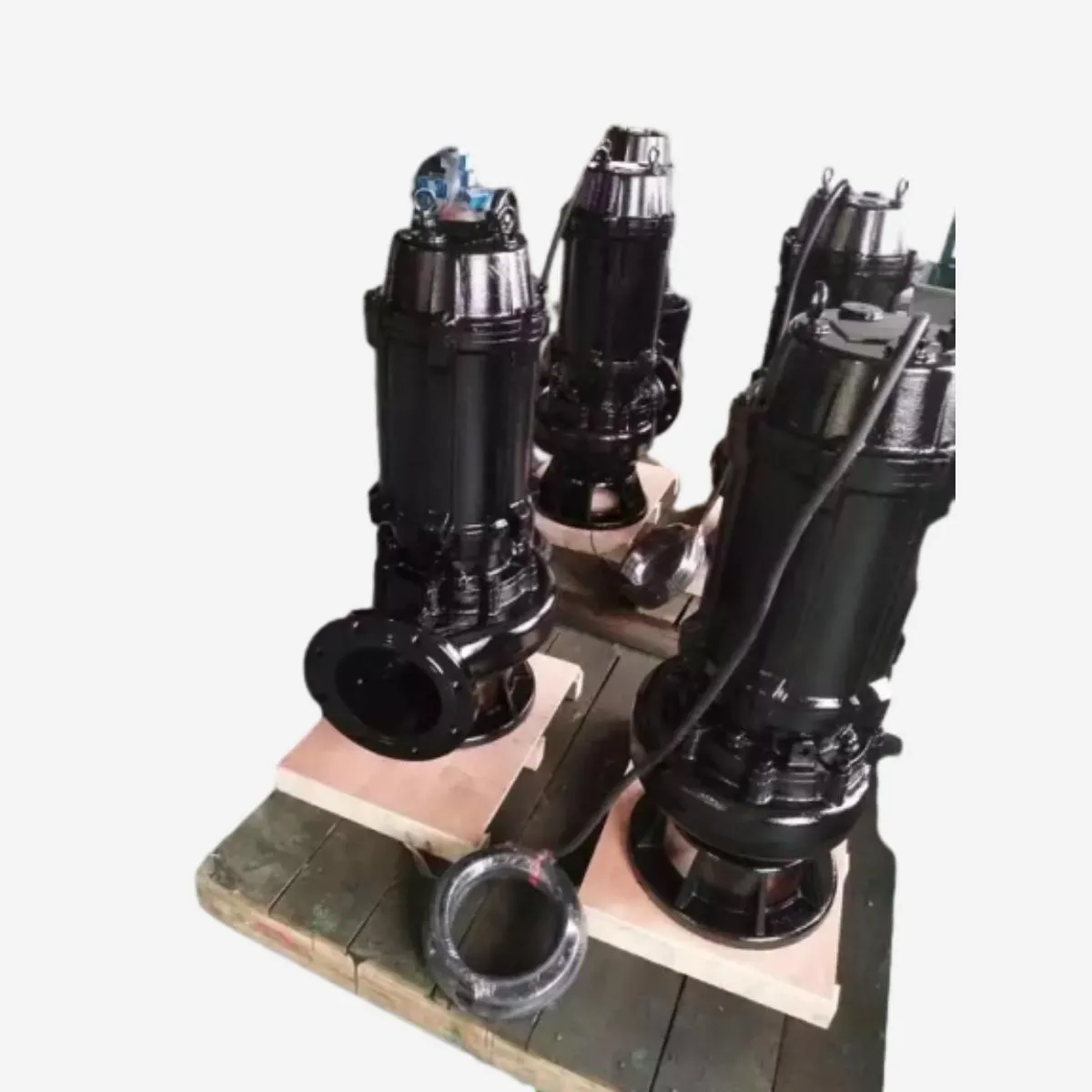Catalan
- Afrikaans
- Albanian
- Amharic
- Arabic
- Armenian
- Azerbaijani
- Basque
- Belarusian
- Bengali
- Bosnian
- Bulgarian
- Catalan
- Cebuano
- Corsican
- Croatian
- Czech
- Danish
- Dutch
- English
- Esperanto
- Estonian
- Finnish
- French
- Frisian
- Galician
- Georgian
- German
- Greek
- Gujarati
- Haitian Creole
- hausa
- hawaiian
- Hebrew
- Hindi
- Miao
- Hungarian
- Icelandic
- igbo
- Indonesian
- irish
- Italian
- Japanese
- Javanese
- Kannada
- kazakh
- Khmer
- Rwandese
- Korean
- Kurdish
- Kyrgyz
- Lao
- Latin
- Latvian
- Lithuanian
- Luxembourgish
- Macedonian
- Malgashi
- Malay
- Malayalam
- Maltese
- Maori
- Marathi
- Mongolian
- Myanmar
- Nepali
- Norwegian
- Norwegian
- Occitan
- Pashto
- Persian
- Polish
- Portuguese
- Punjabi
- Romanian
- Russian
- Samoan
- Scottish Gaelic
- Serbian
- Sesotho
- Shona
- Sindhi
- Sinhala
- Slovak
- Slovenian
- Somali
- Spanish
- Sundanese
- Swahili
- Swedish
- Tagalog
- Tajik
- Tamil
- Tatar
- Telugu
- Thai
- Turkish
- Turkmen
- Ukrainian
- Urdu
- Uighur
- Uzbek
- Vietnamese
- Welsh
- Bantu
- Yiddish
- Yoruba
- Zulu
Telephone: +86 13120555503
Email: frank@cypump.com
ag. . 17, 2024 10:13 Back to list
Understanding Slurry Pump Gland Seal Water Usage and Maintenance for Optimal Performance
Understanding Slurry Pump Gland Seal Water
In the world of industrial pumping systems, slurry pumps are critical for transporting mixtures of solid particles and liquids. These specialized pumps are widely used in mining, construction, and wastewater treatment applications. One of the key components that ensure the efficient operation of slurry pumps is the gland seal water system, which plays a vital role in preventing leaks and maintaining pump reliability.
The Role of Gland Seal Water in Slurry Pumps
Gland seal water is a crucial part of the sealing mechanism found in slurry pumps. As slurry pumps operate, they are subjected to high pressure and abrasive materials. To protect the internal components and reduce wear and tear, gland seals are installed to create a barrier against the flow of slurry into the atmosphere. The gland seal water helps to maintain this barrier by flooding the seal area, thus preventing the infiltration of abrasive materials into the pump's internals.
This water creates a hydraulic barrier around the shaft and seal assembly, which is essential for two primary reasons first, it keeps the slurry from leaking out of the pump, and second, it prevents external contaminants from entering the pump. Gland seal water is typically introduced at a controlled rate to maintain a consistent pressure at the seal face.
Benefits of Using Gland Seal Water
1. Leak Prevention The foremost benefit of using gland seal water in slurry pumps is its effectiveness in preventing leaks. This is essential not only for maintaining operational efficiency but also for environmental safety, particularly in applications where hazardous materials may be present.
2. Reduced Wear and Tear The presence of seal water reduces the friction between the shaft and the seal face, which minimizes wear on these components. This leads to longer service life for the pump and its sealing systems, which directly translates to lower maintenance costs.
slurry pump gland seal water

3. Temperature Control Gland seal water helps in dissipating heat generated from the friction at the seal faces. This cooling effect is particularly important in high-temperature applications where excessive heat can compromise the integrity of the pump.
4. Enhanced Performance By maintaining a proper seal, gland seal water ensures optimal performance of the slurry pump. This results in improved efficiency and a more consistent flow of materials, critical for processes that depend on precise material transfer.
Selecting the Right Gland Seal Water System
Choosing the appropriate gland seal water system involves several considerations. The quality of the water is paramount; it should be free of contaminants that could negatively affect the pump. Additionally, the flow rate must be calibrated correctly to ensure adequate sealing without excessive water consumption.
Furthermore, operators should monitor the performance of the gland seal water system regularly. Any changes in pressure or flow rates can indicate wear or potential failure of the sealing components, allowing for timely maintenance before a major breakdown occurs.
Conclusion
In summary, gland seal water is a vital component in the operation of slurry pumps. Its role in preventing leaks, reducing wear, controlling temperature, and enhancing performance cannot be overstated. By ensuring that the gland seal water system is adequately maintained and functioning properly, industries can increase the reliability of their slurry pumps, reduce operational costs, and ensure compliance with environmental regulations. As such, investing in the right gland seal water solutions is essential for any operation relying on slurry pumping systems.
-
Heavy-Duty Mining Sludge Pumps - Wear-Resistant Slurry Handling
NewsAug.02,2025
-
Horizontal Split Case Pump with GPT-4 Turbo | High Efficiency
NewsAug.01,2025
-
ISG Series Pipeline Pump - Chi Yuan Pumps | High Efficiency, Durable Design
NewsAug.01,2025
-
Advanced Flue Gas Desulfurization Pump with GPT-4 Turbo | Durable & Efficient
NewsJul.31,2025
-
ISG Series Vertical Pipeline Pump - Chi Yuan Pumps | Advanced Hydraulic Design&Durable Construction
NewsJul.31,2025
-
ISG Series Vertical Pipeline Pump - Chi Yuan Pumps | Energy Efficient & Low Noise
NewsJul.31,2025










